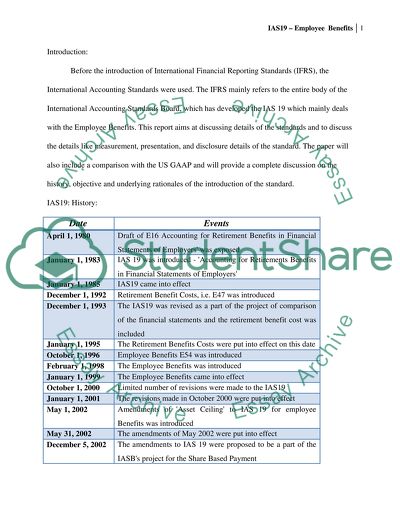Cite this document
(IAS19 Standard Characteristics Report Example | Topics and Well Written Essays - 1500 words, n.d.)
IAS19 Standard Characteristics Report Example | Topics and Well Written Essays - 1500 words. https://studentshare.org/finance-accounting/1564029-course-work
IAS19 Standard Characteristics Report Example | Topics and Well Written Essays - 1500 words. https://studentshare.org/finance-accounting/1564029-course-work
(IAS19 Standard Characteristics Report Example | Topics and Well Written Essays - 1500 Words)
IAS19 Standard Characteristics Report Example | Topics and Well Written Essays - 1500 Words. https://studentshare.org/finance-accounting/1564029-course-work.
IAS19 Standard Characteristics Report Example | Topics and Well Written Essays - 1500 Words. https://studentshare.org/finance-accounting/1564029-course-work.
“IAS19 Standard Characteristics Report Example | Topics and Well Written Essays - 1500 Words”. https://studentshare.org/finance-accounting/1564029-course-work.


